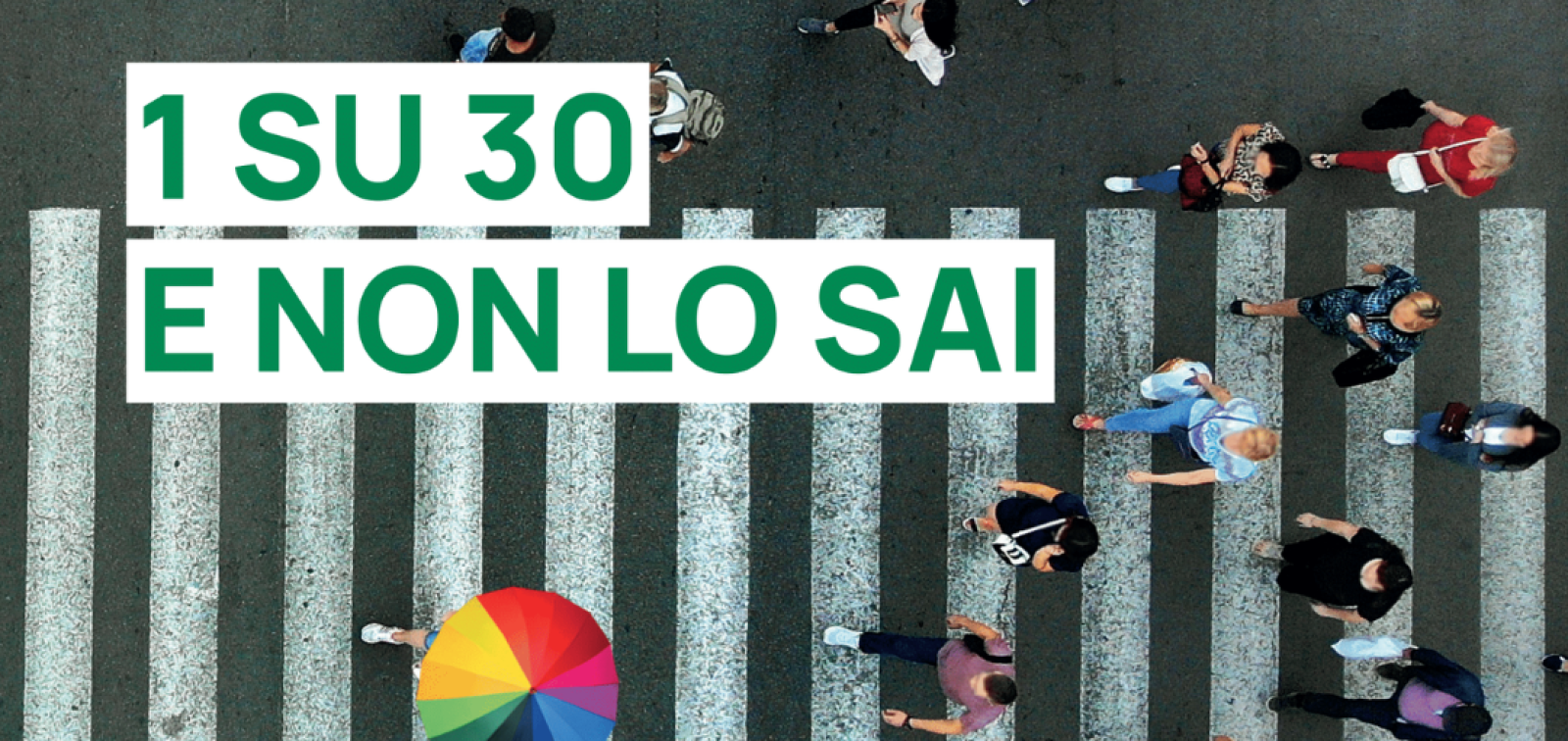El Mouddaa is a Maroccan Berber village, where 350 people live at an altitude of 2,000 m in the mountains of the Toubkal National Park. Over the last twenty years, the community has been affected by climate change and has experienced increasing insecurity with respect to the availability of food. This has forced people to leave the country to find seasonal work. This particular state of need has increased the responsibilities delegated to women, moreover creating an opportunity for their emancipation and an increasing participation in community decisions.
During the COP21 session in Paris, to be held in early November 2015, the climate will be discussed also in these terms, considering current changes from angles differing from those typical of the customary stance.
One of the most specific points of view concerns women and their condition and focuses on motherhood and family life, the domestic economy, entrepreneurship and the representation of women in national and international governing bodies. The debate will thus also consider human rights and how efforts made to deal with climate change may be transformed into an opportunity to recognise and implement such rights.
The issue has a prominent place on the agenda of the United Nations, which has set up a permanent assembly, the Women and Gender Constituency, within the framework of the Treaty on Climate Change (UNFCCC). The issue revolves around the five basic topics of adaptation, mitigation, finance, technology and personal development as highlighted on these pages by media coverage in its lead-up to the Paris conference.
The situation of the Berber women at El Mouddaa forms part of one of the adaptation programs of the UNDP (United Nations Development Programme) which seek to reduce the social and economic costs of climate change. Higher temperatures and increasingly frequent floods have caused irreparable damage to the ecosystem the community previously relied upon.
It is a problem that in practical terms can be dealt with by planning the reforestation of the area, better management of natural resources and the adoption of preventive emergency-management protocols. Women have been trained and directly involved in the management of activities and their distancing from the male members of their society has helped to overcome a predictable cultural resistance. This has had important social consequences.
Women have managed to mobilize the whole community, teaching its younger members various adaptation techniques and asking elders to share their knowledge of the local territory. The results of a form of greater community cohesion were not long in coming; the food supply of the community has become more stable and there are good prospects with respect to a reduction in the need for male emigration.
The project is helping to reduce gender inequalities with a view to involving women in decision-making at both the local and national levels. The El Mouddaa experience shows how a gender approach and the inclusion of women and all vulnerable groups are essential factors for an effective and equitable process of adaptation to climate change.
Chiara Soletti, Italian Climate Network


